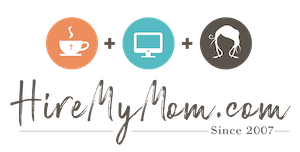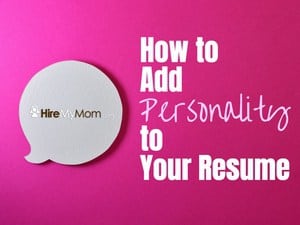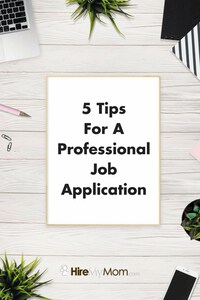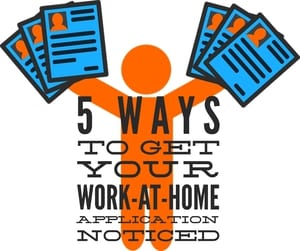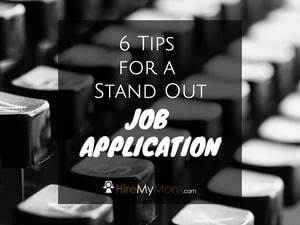Increase Your Odds of Landing the Job with Advice from HMM Employers
We recently sat down with some of the lovely businesses who list open positions with us. We asked for feedback, and the number one thing we heard back from companies is that they are turning away applicants because the submitted application materials do not match what the listing has requested. For example, the job post might ask for applicants to explain their history with managing schedules, but companies are receiving generic cover letters that do not address the question at all.
We know there can be frustration on both sides of the process, with job seekers feeling anxious that companies are not accepting their applications to businesses feeling overwhelmed with all the submissions they are receiving.
With this in mind, here are some tips straight from our businesses to help job seekers land that position:
The Importance of Reading the Job Listing Thoroughly AND Submitting Requested Information
Merely glossing over a job listing and ticking off the requirements is not sufficient in today’s competitive job market. A meticulous reading of the job listing empowers you to mold your application to mirror the particular expectations and necessities stipulated by the employer. It’s an avenue to display your knack for detail, a characteristic which employers greatly appreciate.
Steps to the Job Seeking Process:
- Scan through job listings and find one that seems interesting. If you want to apply to multiple, save the job posting or copy the links to each job posting in a note.
- Once you have the ones you want to apply for, make sure to carefully read them. Spend a bit of time researching the company as well to make sure it is a good fit for you.
- Now it’s time to get your application materials together! Tailor your cover letter and résumé for each listing. Some companies use AI to sort through initial applications, so it is important to have keywords from the listing included in your materials. This is also your time to shine and showcase how you will be a best fit for that specific company — use it to your advantage!
- Once your materials are together, read through the listing one more time and make note of anything specific requested. Double check your cover letter and resume to be sure you included everything — this is also good just to verify you don’t have any grammatical errors or anything as well.
- Then it’s time to submit your materials!
It might feel time consuming to update your materials each time, but employers can easily pick out generic applications that have been submitted multiple places. Remember, you do not need to re-write your entire cover letter and resume. Create a template for yourself! On your resume, list your specific workplaces, but leave a section open to list skills you’ve acquired so you can focus on the ones the company needs. For your cover letter, you can have a few sentences introducing yourself and why you are looking for a job that remains the same for each letter, but be sure to have a section or two that you customize each time expressing why you align with the job / company, why you are a great fit for the job and how how your work history will benefit this new company.
If you are following all the directions but are not hearing back from companies, work with one of our HR experts to review your materials!
